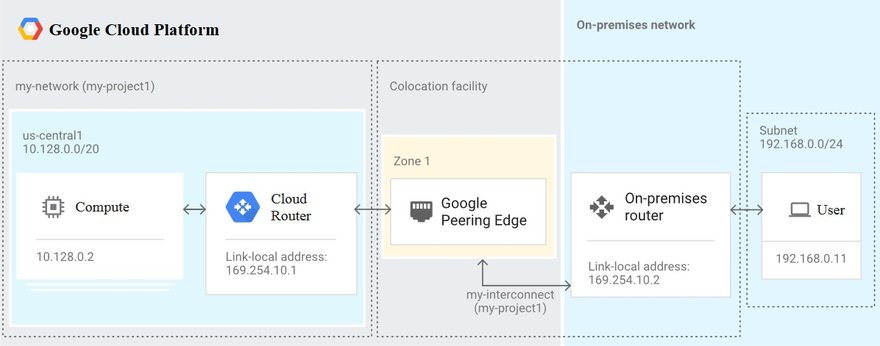As the cloud’s influence on the enterprise continues to grow, traditional WAN (wide-area network) performance has suffered. Traffic traversing from branch-to-cloud over legacy WANs can add scores of milliseconds to latency, which can be a problem for real-time and mission critical services. Cloud application transformation lies in embracing SD-WAN technology that can free businesses from having to rely solely on traditional cost-prohibitive transport methods such as MPLS (Multi-Protocol Label Switching) or satellite for moving data between remote sites and the enterprise data centre.
WANs need to be more flexible, scalable and affordable and connected directly to the cloud. That’s where SD-WANs come in. They can provide adaptive, deterministic intelligent routing that makes it possible to match workloads to the best transport method, whether it’s broadband, MPLS or even 4G/5G back up. SD-WAN technology can boost last-mile WAN performance and ensure that enough bandwidth is always in reserve for business-critical, quality-of-service, QoS-priority apps, even in the event of a network failure or problem, including congestion-based loss and latency.
Taking advantage of Direct Interconnect
The recent announcement by Google to launch its new cloud connectivity option for customers that want to connect their networks directly to Google’s global cloud is extremely good news for enterprise network administrators. It’s also good news for SD-WAN vendors that aggregate all available links to create a ‘reservoir of bandwidth’ to dip into as needed, to ensure optimal application quality of experience (QoE).
Google’s new service, called Dedicated Interconnect, is different from the previously available Interconnect services in that a colocation provider or carrier customer can subscribe to private links to Google’s cloud to achieve a direct connection to the cloud - much like what already exists for Azure and AWS.
Users of the new service, can get an SLA from Google, a guarantee by the cloud provider itself that the connection will not go down. But Google will only issue an SLA with the new service if you provision redundant connections to its cloud in multiple locations. The best way to create the resiliency and redundancy required to attain those SLAs is to deploy SD-WAN technology and allow it to determine optimal traffic flows for specific applications to specific conduits, based on the relevant bandwidth and quality of service (QoS) performance requirements.
Cloud connectivity via private networks is often more desirable for organisations with applications like VoIP or WebRTC that need high levels of reliability and performance, or have stringent security-compliance requirements when connecting to clouds via the public internet. Given that most enterprise applications still run in companies’ own data centres on premise, it’s even more critical to adopt SD-WAN topologies that incorporate legacy conduits like MPLS, commodity internet links like cable and direct cloud links through colocation facilities or third-party service providers.
In this scenario, businesses can now treat the cloud like any other location on their WAN, which means reliable access to SaaS applications and Google or Microsoft - think Office365 - apps are delivered via secure and reliable connections. It also means IT departments can easily manage and control WAN infrastructure to meet business requirements in a more agile fashion. So, moving business-critical applications to the cloud is seamlessly automated and cloud and network administrators can play cost arbitrage in terms of how to broker high vs low bandwidth-priority flows.
Atchinson Frazer is head of marketing at Talari Networks


